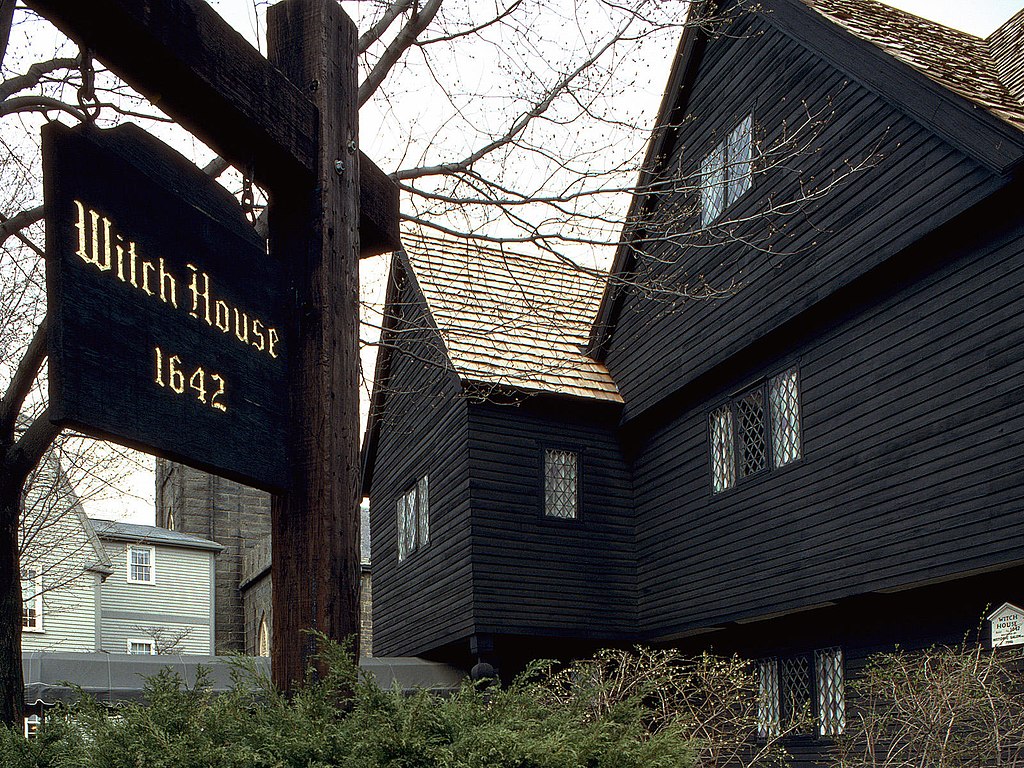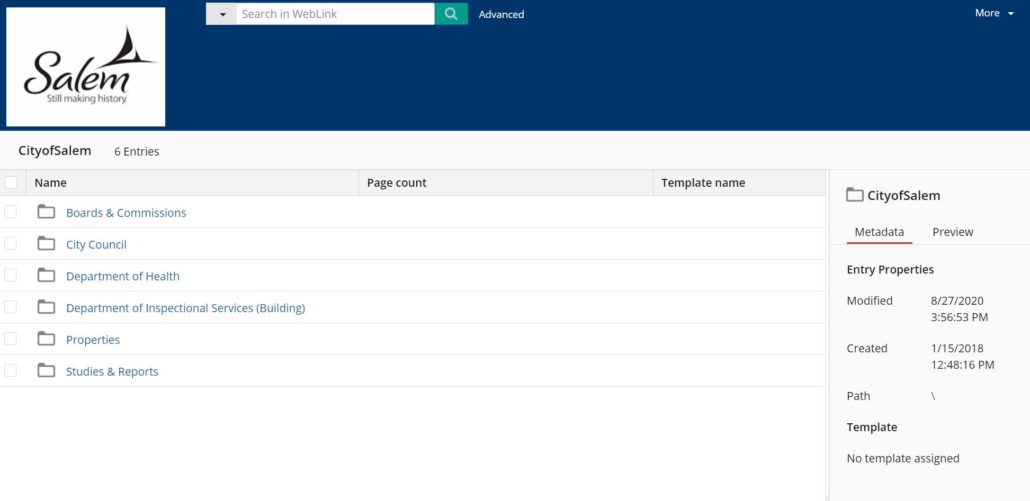For years, the city of Salem, Massachusetts has been collecting, preserving, and slowly digitizing historical records dating back 400 years. Salem, most notable to laypeople as the location of the infamous witch trials, is home to a rich variety of historical organizations. Many of these organizations have digitally shared their own collections, but in October 2020, this collection of official city records was made publicly available on the internet for the first time. For genealogists, historians, and city officials, this new resource provides easy access to data about the property, people, and town.
What is the best way to make your collection the most useful to the biggest number of people?
If you’re in the business of discovering and utilizing sources like the new City of Salem archives, then you know that not all digital archives are created equal. Searching a poorly-made digital archive can take just as long as rifling through cabinets of paper. Accurate, faceted search; clearly imaged documents; and remote access can mean the difference between a frustrating hunt and a satisfying find.
For archivists on the other side of this seek-and-find equation, it may feel daunting to look at piles of documents and wonder what is the best way to make your collection the most useful to the biggest number of people? The answer may appear so insurmountable that it halts the process of digitization and preservation before the first page is scanned.
The first step toward a digital archive, as with any historical project, is research. It’s best to come to digital collections from all directions. New and existing archives provide examples of what’s possible, and by looking at these archives with a critical eye, you can make note of what characteristics work and what doesn’t before beginning an archive of your own.
The Salem Archives
At first glance, the City of Salem digital archives pose an unassuming figure. Considering their focus on facilitating government access and research for those who already have an idea of what they’re searching for, this isn’t particularly surprising. Lots of color, graphics, and curated tours were never the goal here. For a researcher used to traversing digital archives, this might be refreshing. But for a casual genealogist or family historian just getting started, Salem’s stark entry may feel overwhelming and leave them turning to another source.
With thriving digital libraries in and about Salem already in existence, the City of Salem likely considered what audience was deemed most likely to utilize their site and for what purpose. This type of survey is one that should go into any preservation project, including digitization for public access.
In their new archive, the City of Salem prioritized powerful search tools over appealing design. Faceted, full-text search offers highlighted, detailed results in the primary source documents. A researcher or government official who comes to this library with a question within the collection’s scope, won’t need to look long before they find an answer.
Understanding the scope of an archive also helps the creators decide just how much post-scan processing is needed for a collection. The City of Salem archives feature impressively accurate OCR, but close examination of the results reveals that the searchable text layer was not corrected to match the original—some searches for exact numbers or phrases will not be fruitful. Handwritten text is also not recorded digitally.
Once a digital archive is live, it may reveal shortcomings as well as successes. Depending on how the choices made in its inception affect intended use or if the archive finds a new audience needing different features, the City of Salem may choose to revisit the collection to accommodate the new demands.
Interconnective Digital Libraries
Just as there is an art to building a digital collection, there is an art to finding the right resource for the answers you seek as a researcher. What answers does the collection provide? What is the scope of the documents included in a given collection? Who is the expected user of the digital library? There is an understanding, too, that no digital library exists in a vacuum. Each is piece of a virtual community, a web of information and sources.
Reviewing other Salem-focused archives brings this into focus.
Even without drilling down into collections and search features, the home pages of these digital libraries provide a degree of instant understanding.
Historic Salem and The House of the Seven Gables, for example, would pair nicely with the City of Salem archives as deep dives into the architecture, ownership, and history of key locations. In addition to some full text historical works, Salem Public Library’s Local History section offers visual history that could go hand in hand with their Oregon Historic Photograph Collections. These, along with the more hyper-focused Salem Witch Trials Documentary Archive and Transcription Project, are all clear in scope and what they have to offer the curious researcher. Together, they provide a more comprehensive picture than any could separately.
Just as there is an art to building a digital collection, there is an art to finding the right resource for the answers you seek as a researcher.
Pondering these questions and investigating existing digital libraries will help your soon-to-be digital library take shape. And if you’re ready to move forward towards digitization and want a partner in your efforts, the experts at Anderson Archival are ready to help.







